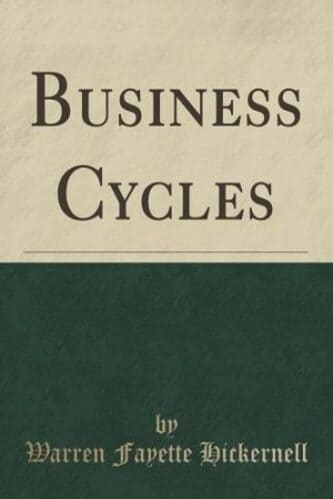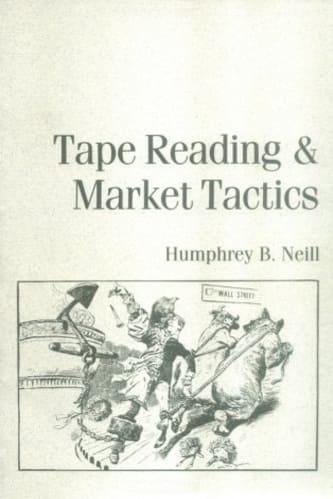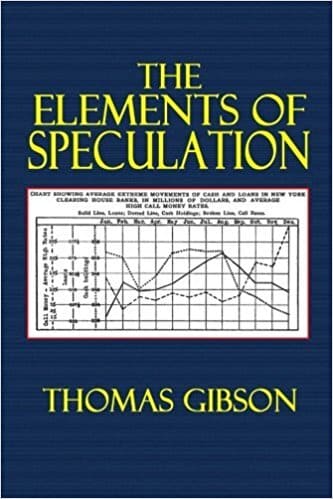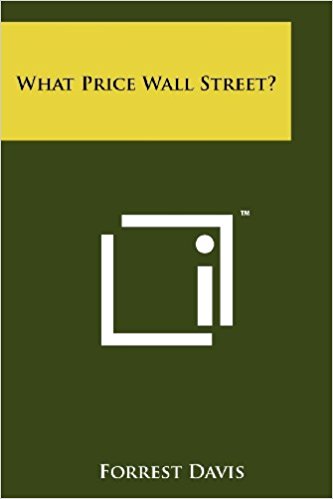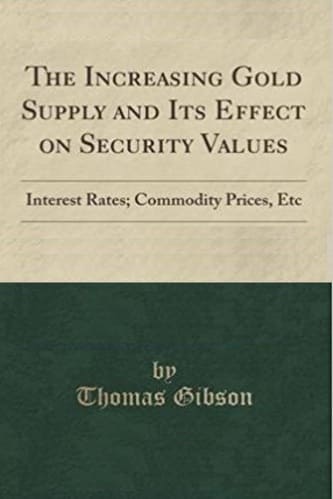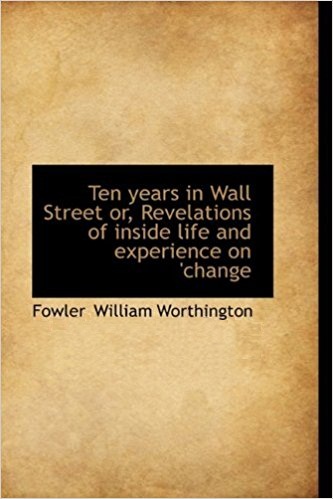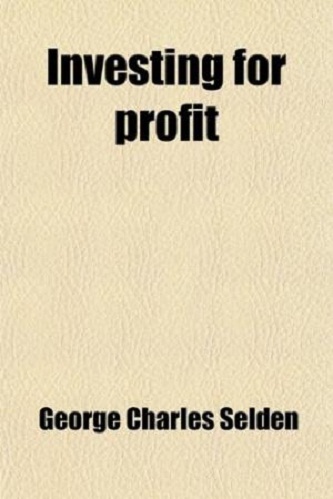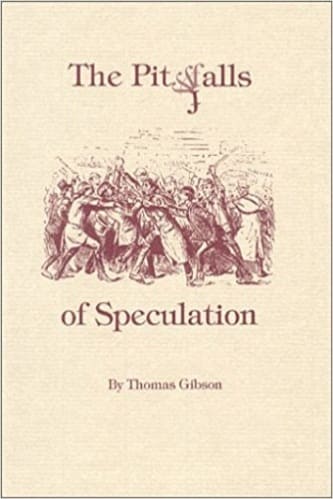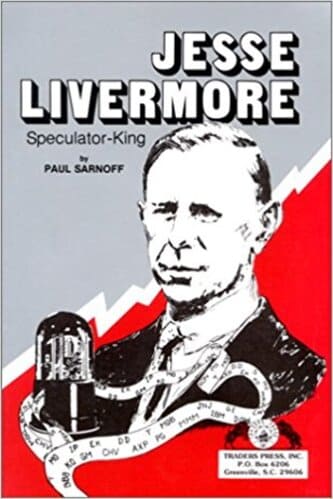Business Cycles
$8.00
| Author(s) | |
|---|---|
| Pages |
47 |
| Format |
|
| Published Date |
1920 |
The stages of the business cycles are sometimes described by dividing the trend of business conditions into four periods:
- Business improvement-wages and profits rising.
- Business prosperity-incomes at high tide.
- Business reaction-incomes declining.
- Business depression-incomes at low level.
Introduction:
Description of the Cycle:
First Period. At the beginning of a cycle the chief features of the situation are low interest rates, a buoyant bond market, a slow demand for labor, dullness in trade and a low level of commodity prices. The active market for bonds stimulates new construction work. It is good business to carry out plans for permanent construction when long-term bonds can be sold at a low rate of interest, insuring a small fixed charge over a long period.
There is an expansion of demand for iron and steel and other construction materials. The payrolls of factories and construction companies grow rapidly. The broader wage disbursements lead to heavier purchases of clothing and furniture.
Second Period. Presently, business improvement grows into pronounced prosperity. Activity becomes feverish in this period. But higher prices and enlarged trade require expansion of bank loans. When prosperity reaches the point where the credit required to finance trade exceeds the supply of loanable banking funds, the insistent bidding for funds by merchants forces interest rates to an abnormally high level.
Moreover, to provide adequate loans to merchants, the banks reduce loans on stocks and bonds. This sh if ting process is a danger sign in the stock market.
The high interest rates and restricted security loans kill then sale of bonds; the interest rate offered on new bonds must compete with the current market rate. Corporations are loath to issue new bonds at sacrifice prices and postpone plans for new construction work. Orders for steel for future delivery fall off, and likewise for other commodities.
When the demand for goods for future delivery falls below the productive capacity at the existing price level, there is a crisis. The first half of the cycle is over. The crisis marks the transition from the second to the third period of the cycle.
Reaction and Depression:
Third Period. The second half of the cycle, comprising the course of Reaction and Depression, is a reversal of the first half. After the crisis, demand falls rapidly. In order to avoid complete idleness, sellers of goods are forced to lower prices to effect distribution. Old debts are paid off. New commitments are made at reduced prices, so that replacements require less credit. Commercial loans are cut down. The banks accumulate a loanable surplus.
Fourth Period. In order to employ their surplus funds, the banks reduce interest rates. But they are unable to find a demand for short time commercial loans among merchants and manufacturers sufficient to absorb their surplus, even at low discount rates. They therefore lend freely upon bonds at interest rates lower than the income yield obtainable from bonds.
This naturally stimulates active buying of bonds. There is an active bond market, and large corporations plan for future expansion. This situation marks the end of the cycle. It is the situation described above as marking the beginning of a new cycle.
Two factors which can usually be depended on to assist recovery during depression are an increase in gold production and a growth of efficiency in productive and inventive processes.
Gold mining becomes more profitable when low prices reduce mining costs with the selling price of gold remaining constant. Greater attention is given to the productive and inventive processes owing to stagnation in the speculative markets. Labor moves from the cities to the country in some measure when manufacturing becomes dull and this promotes agricultural industry.
The latter is also strengthened by the fact that farmers work more soberly after a financial crisis. Land speculation declines, and as hopes of becoming rich through rising values vanish, more attention is given to production.
Contents:
- The Cycle Described
- Outlining the Problem
- Selecting an Index of the Business Cycle
- The Normal Cycle
- The “Cross-Currents”
- Resume of History of Panics
Business Cycles By Warren Fayette Hickernell PDF

